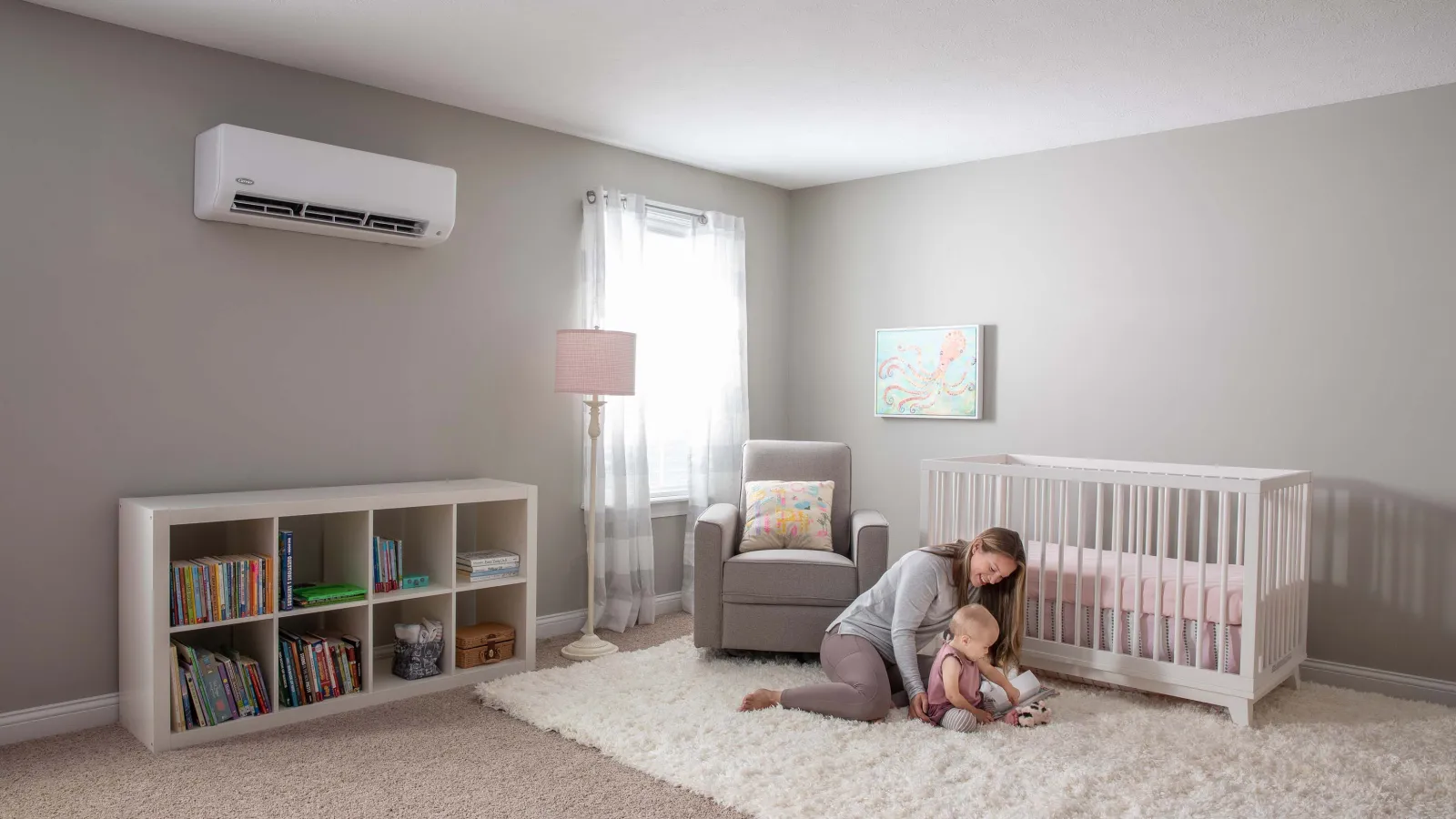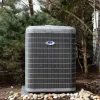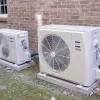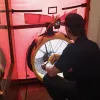Many central air conditioning systems don’t get enough return air. When they don’t, you can have all sorts of problems. Hot spots and cold spots throughout your home, indoor air quality problems, premature component failure… It’s a long list of really bad stuff.
“Ok, then,” you declare. “How many returns air vents do I need, anyway?”
It’s a great question. Maybe an HVAC contractor told you that you need to add return air, or maybe you learned about high static pressure and worry that your system suffers from it. Whatever the case, every home does require a very specific number of returns, all of which should be a very specific size.
To figure all of that out, somebody’s got to crunch some numbers.
Factors that impact the number of air returns
All of the following things influence the number of air returns your system needs:
- HVAC system size (tonnage)
- Home size and room dimensions
- Number of stories in your home
- Optimal duct size and type for your home
- Vent cover size and type
- Number of HVAC zones in the home
There are more, but you get the idea. When we calculate the number of air returns a system needs, whether for custom HVAC design or a more straightforward AC installation, we use a digital flow hood to see how much air the system is moving now vs. what it actually needs to move.
Ultimately, we’re trying to get the system to move between 350 and 400 CFM (cubic feet per minute) of air. That’s an optimal amount of air for homes in our area.
We often find that the existing system in any given home doesn’t move this much air. Why? For one thing, most HVAC contractors don’t bother to calculate how much ductwork you need or how many returns you should have. Unfortunately, there’s a lot of guesswork and wishful thinking in our industry.
In other cases, a home might have started with a pretty good duct system. But if you start adding rooms or changing the type of filter you use, you may render the ducts less effective. Those kinds of changes can impact your home’s heating and cooling needs. Sometimes, you’ll need to add return air.
These are the best ways to increase return air in a home
When a home needs additional air on the return side, we’ll either:
- Modify one or more existing air returns
- Add a return to improve the balance of the system
- Make some modification other than modifying or adding returns
Remember, we’re trying to get the system to move between 350 and 400 CFM of air. When your air return(s) are in centralized locations like hallways or other common areas, it’s often possible to enlarge those returns to get more air into the system. Depending on the type of vent covers you have, we can also replace them with a less restrictive type.
But if the existing returns are in, say, a bedroom that also has a nearby supply vent, we probably wouldn’t expand them. Doing so might throw off the balance of air movement for that particular room. Instead, we’ll add a return in an appropriate location. Hallways, living rooms, dining rooms… All of these are potential locations for an air return.
After adding return air, it’s critical that your HVAC technician also checks the refrigerant pressure in your system. We’ve just made a change to the way air moves throughout your home, so we might have to tweak the refrigerant charge to ensure the system cools properly with the new ductwork.
In some cases where a system isn’t moving enough air, we’ll find that the problem has nothing to do with return air! Maybe you’ve got a flex duct run that’s capable of moving 275 CFM, but it’s only moving half that much air because it’s bent up in a corner of the attic. When we see something like that — and we often do! — we redesign and re-install that duct run so that it provides proper airflow.
A note about air filters
If your system isn’t moving enough air, your air filter could be the problem.
We all know that dirty air filters restrict airflow. But dense filters can have the same effect, even when they’re brand new!
When someone goes from using a basic 1″ air filter to using something with a high MERV value, there’s a lot of potential for troublesome airflow restrictions. You might have to go back to the more basic filter. Or, if you’re insistent on using the high-MERV type for better indoor air quality, you may need to add or expand your return air.
Keep in mind that your air filter also needs to be the right size for the duct system. An undersized return air filter can prevent the system from moving the optimal amount of air, further impeding its ability to deliver the right amount of air to the right places.
For an alternative, best-of-both-worlds solution, consider using a media filter. These filters have a high MERV value, but they also have more surface area than the 1″ filters from the hardware store. They offer excellent air filtration without the airflow restrictions you’d get from off-the-shelf filters.
And be sure your HVAC technician verifies that the one you’re getting is the right size for your duct system and HVAC equipment.
Remember: The number of return air vents you need is all about…
…how much air the system can move! We need it to move around 400 CFM of air. If it can’t, adding return air might be the solution. Or, depending on your situation, there could be some other path to increased airflow.
Whatever the case, we can help! If you live in Metro Atlanta and think your HVAC system ought to be moving more air, drop us a line! We’ll send a consultant to your home to analyze the situation and direct you to the best fix.






